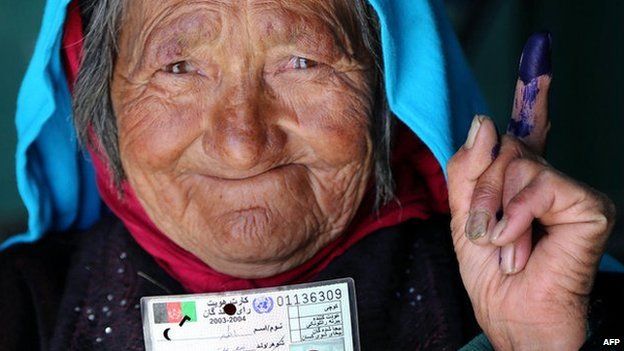 AREU
AREU
By: Orzala A. Nemat
October 2015
Although women’s participation in parliamentary elections in the rhetorical discourses of changes in Afghanistan’s post-2001 context is framed as ‘new’, a quick overview of the historical-political context informs us ofwomen’s presence in the political sphere much earlier than 2001.1 Women’s suffrage or right to vote or be elected was granted in Afghanistan’s constitution in 19642 ; despite the fact that women continuously faced limitations to practicing their right to vote and be elected, in 1965 four women won seats in Kabul, Herat and Kandahar provinces.3 Following the political turmoil ofthe mid-1970s, up until the early 1990s women intermittently continued to hold parliamentary seats and under the PDPA regime, membership of the PDPA was a pre-condition for running for parliament both for men and women.4 Then and in today’s context, the key questions that need to be raised are: what motivates women who vote or run for parliament, and what are the facilitating and hindering factors that determine women’s political participation? The Afghanistan Research and Evaluation Unit’s (AREU) 2012 comprehensive synthesis paper, “Equal Rights, Unequal Opportunities: Women’s Participation in Afghanistan’s Parliamentary and Provincial Council Elections,”5 highlighted different dynamics of women’s participation both as voters and as candidates in Afghanistan’s elections in 2005, 2009 and 2010 for parliamentary and provincial council elections. Keeping in mind this paper and the 2014 provincial council elections processes, this policy note will draw on the evidence from the aforementioned study as well as the author’s own observations in order to formulate key policy recommendations ahead of the upcoming parliamentary and district council elections.6
The policy note will briefly present a framework that can help us in analysing and drawing upon motivations for women voting and running for elections, and factors that facilitate and/or hinder their participation as voters and candidates; this will be followed by formulating key policy recommendations that can address challenges to women’s participation in the upcoming parliamentary and district council elections.
READ POLICY NOTE HERE

